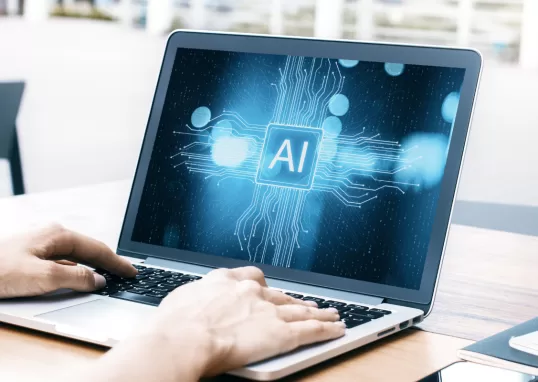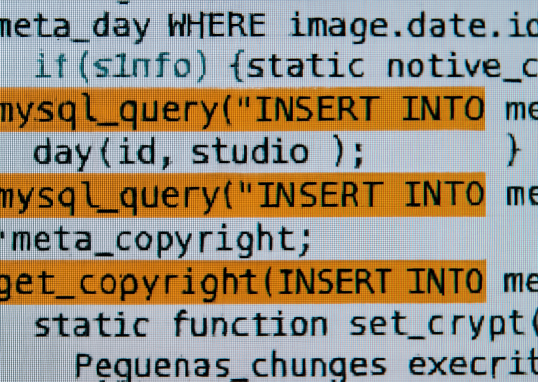
Automated testing has grown alongside software development. And it makes perfect sense: as systems become more complex, manual testing simply is too time-consuming. To maintain quality without delaying delivery, automation became the only viable path.
According to a 2024 InfoWorld study, almost 72% of software development companies are implementing automated tests, showing a strong industry-wide trend. In addition, data from Mordor Intelligence suggests the automation testing market is expected to grow from $32 billion in 2024 to $67 billion by 2029.
The world keeps moving. Demands changes, software evolves constantly, and testing — even automated testing — needs to keep up with that pace.
Traditional testing tools work well when the scenarios are clear and stable. But when the system is dynamic, with frequent updates and unpredictable behaviors, they start showing limitations.
That raises the question: “How can we improve testing automation and end with those gaps?”
That’s exactly what we at TestBooster.ai explore in this article. The answer is already part of our daily lives: AI. How this combination works — and what makes it so different — is what we’ll break down for you here. If you want to stay ahead of the curve, keep reading.
What Are Traditional Automated Tests?
Traditional automated tests are, essentially, test scripts that run on their own. Instead of someone manually clicking buttons, filling out forms, or checking error messages, a script does all that automatically.
These tests follow very specific rules — “If you click this button, that should happen.” The scripts are based on fixed, well-known scenarios and are usually written by the QA team or developers, depending on the structure of the company.
They work well and are incredibly helpful. But they have one big downside: even small changes to the interface, flow, or even a message’s wording can break the test. That means rework — rewriting scripts, adjusting commands, updating paths.
It’s like setting up a long domino chain. It’s impressive, it works… but if one piece is out of place, the whole thing falls apart.
Right now, two of the most widely used traditional tools are Selenium and Cypress.
Selenium runs on developer-written scripts and supports multiple languages (Java, Python, C#, JavaScript). But it often requires heavy maintenance and lots of code. Cypress, on the other hand, offers a more intuitive interface — but it’s limited to web apps and only runs in Chrome browsers (although that’s improving).
Welcome to the Age of Artificial Intelligence

In the past few years, we’ve fully entered the age of artificial intelligence — and that’s no exaggeration. AI has moved out of labs and into real life, transforming not just tech, but healthcare, education, marketing, customer support… and, of course, software testing.
According to McKinsey’s 2024 report “The state of AI in early 2024: Gen AI adoption spikes and starts to generate value,” about 72% of global companies have already incorporated AI into at least one business activity — a huge jump from just 55% in 2023.
Today, AI isn’t just a tool — it’s becoming part of how we work and think. Some of the main reasons behind this rapid adoption include:
- More accessible tech: Better processing power, more data, and advanced algorithms made AI not only possible but practical — with tools like ChatGPT at your fingertips.
- Efficiency pressure: The pace of modern work demands automation for repetitive tasks, pattern recognition beyond human vision, and freeing people for more strategic thinking.
- Competitiveness: In today’s market, AI isn’t a luxury. It’s an expectation — especially for businesses looking to personalize customer journeys and anticipate trends.
TestBooster.ai: Automated Testing with AI

We’ve seen that AI is everywhere — but what exactly does it look like in the context of software testing?
That’s where a new approach enters the scene.
Unlike traditional tools like Selenium and Cypress, TestBooster.ai, which is built with AI at its core, doesn’t rely on rigid scripts. It learns from data, picks up on patterns, understands user behavior, and adapts to changes.
AI in testing plays a more analytical role than mechanical. Instead of just repeating actions, it observes, learns, and suggests improvements. It doesn’t replace QA — it upgrades the role.
TestBooster.ai is dynamic: it recognizes interface changes without breaking, explores alternate paths within an application, and even suggests new test cases automatically. Even better — all test cases are generated in natural language, meaning you don’t need specialized developers to use it. Just a clear understanding of the product being tested.
The Best of Both Worlds
At the end of the day, this isn’t about “traditional vs. intelligent” — it’s about evolution.
This shift represents easier QA processes and greater efficiency for development teams.
Here at TestBooster.ai, we’re driven by a tech-forward culture. As a startup, we believe in constant innovation and continuous improvement — and our platform was built with that mindset. For us, there’s no room for old-school, rigid automation.
If your team is looking for better coverage, less rework, and more strategic testing, it might be time to look at AI with fresh eyes.




